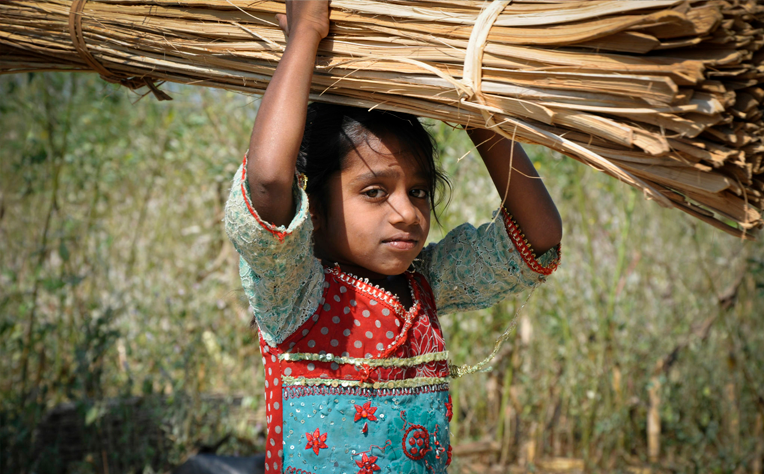Introduction
Child labor, an age-old societal woe, has far-reaching implications on the health and social fabric of our communities. In this comprehensive article, we delve into the multifaceted dimensions of “kokan kala va shikshan vikas santha“, exploring the intricate connections between child labor and the well-being of our younger generation.
The Pervasive Challenge of Child Labor
Child labor is a pervasive challenge that transcends borders and cultures, affecting millions of children worldwide. This phenomenon is deeply entwined with socio-economic factors, forcing children into the workforce and jeopardizing their physical and mental well-being.
Health Consequences of Child Labor
1. Physical Strain and Developmental Issues
Child labor exposes young bodies to strenuous activities, leading to physical strain and hindering proper development. Long hours and demanding tasks contribute to growth abnormalities, impacting a child’s overall health.
2. Mental Health Deterioration
The stress and pressure of labor can take a toll on a child’s mental health. Denied the chance to enjoy a carefree childhood, these young minds often face anxiety, depression, and other mental health challenges.
3. Exposure to Hazardous Conditions
Many child laborers are subjected to hazardous working conditions, exposing them to physical injuries and long-term health issues. Lack of safety measures further exacerbates these risks, perpetuating a cycle of harm.
Social Implications of Child Labor
4. Disrupted Education and Stunted Growth
Child labor disrupts the educational journey, robbing children of the chance to learn and grow. This sets the stage for a future generation with limited skills and opportunities.
5. Perpetuation of Poverty
Child labor contributes to a vicious cycle of poverty. Deprived of education and trapped in low-paying jobs, these children struggle to break free from the clutches of economic hardship.
6. Erosion of Social Fabric
The prevalence of child labor erodes the social fabric of communities, creating a culture where exploiting young labor becomes normalized. This normalization perpetuates the cycle, making it challenging to break free from this detrimental practice.
Addressing the Root Causes
To effectively combat child labor, we must address its root causes. Poverty, lack of education, and inadequate legal frameworks contribute to the persistence of this issue. It is crucial to implement comprehensive strategies that tackle these underlying problems.
Strategies for Eradicating Child Labor
7. Empowering Families Through Education {#empowering-families}
Education is a powerful tool in breaking the chains of child labor. By empowering families with educational resources and support, we can disrupt the cycle and pave the way for a brighter future.
8. Strengthening Legal Protections
Robust legal frameworks are essential in protecting children from exploitation. Strengthening and enforcing laws that prohibit child labor is a critical step towards creating a safe environment for our youth.
9. Fostering Economic Opportunities
Creating sustainable economic opportunities for families helps eliminate the need for child labor. By addressing poverty and promoting entrepreneurship, we can uplift communities and provide alternative paths for children.
Conclusion
In conclusion, the detrimental effects of child labor on the health and social well-being of our younger generation cannot be overstated. It is imperative that we join hands to eradicate this pervasive issue and create a world where every child can thrive without facing the burden of labor.





